Tattooing, a painful art, and ritual have evolved with time from representing someone’s coming of age, regal status or membership to a tribe or group to being an expression of art or a symbol with a story behind.
Indeed, tattoos are not merely an image. Just like the varieties in design and meaning, best tattoo technologies are also used by best tattoo shops to come up with a single tattoo. Let us check them out in the following.
Bamboo Tattoos
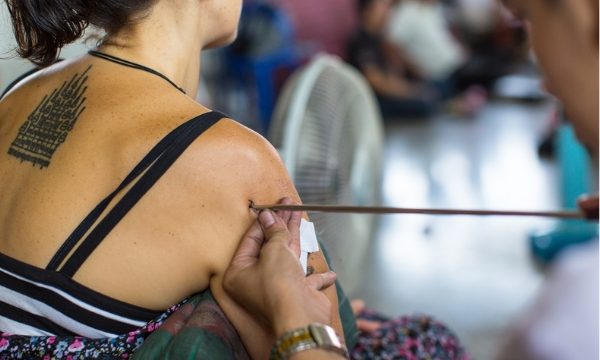
Historians had it that bamboo tattooing started the culture of tattoo in Japan. This technology in tattooing is hard to master but fun to watch, though.
It involves using a bamboo wood handle, which is rounded for accuracy and comfort. This handle is also finished off with sharpened points (needles) at its end.
But then, there are more sharpened points that could be added for specific requirements like thicker/finer lines as required by the tattoo artist.
It’s believed that this technology in tattooing has originated in the Khmer period about 3000 years ago.
In the Philippines, the mummified remains of tribe leaders are tattooed using the bamboo technique.
On the other hand, this technique has begun in Thailand in the Buddhist temples where soldiers and monks received tattoos for invisibility, protection, and strength.
Rake & Striking Stick Technique
This technique, which is sometimes called the Samoan technique, is characterized by the moving of the rake that would result in pattern creation. A rake used in this technique is made of bone that is then dipped into ink.
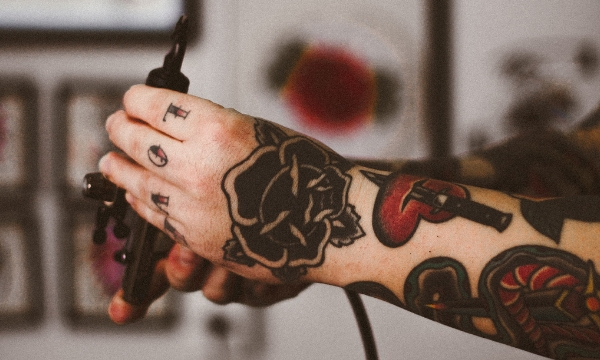
In addition, it is sometimes referred to as the piercing more than a puncturing tattoo technique. But once tattoo puncturing is done, a sleeve usually made of the brass guide a glass rod to do the work.
In many cases, the designs are already made. All that the tattoo artist has to do is to incorporate the design on the skin using force.
The artist makes sure that the skin of the customer is fully stretched. For this reason, another person is sometimes involved in order to stretch the skin of the person before the tattoo artist will hit a rake that’s attached to a handle with a solid and thick stick, putting the rake into the skin.
LED tattoos
This tattooing technique is created by US scientists. They’re called LED tattoos because the ink used isn’t what is commonly known but silicon semiconductors that are usually as small as a rice grain with one-millimeter dimension and 250-nanometer thickness.
What is a LED tattoo like? Basically, it is a silicone implant with a series of magnetic LEDs, which are what to illuminate the tattoo. The light emitted is somehow similar to that of a firefly under the skin.
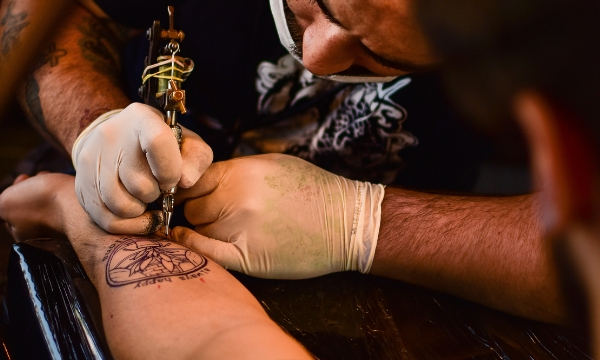
LED tattoos, which are silk-and-silicon implantable devices, are sitting under the skin like real tattoos, but they don’t last.
These electronic tattoos have already been implanted or tested on mice using silk. As the LED tattoos are molding to the skin, they’re moving with the body, too. However, they will dissolve away inside eventually while the electronics are being left behind. They contain no mercury and do not harm the environment.
3D robot tattoo machine
If you want to get the exact design you envisioned for a tattoo, then you might want the robot tattoo machine to do the art for you.
The tattoo machine, which is made of a 3D printer, is designed and created by former students at France. It has the ability of tattooing computer-generated designs.
While not all people appreciate robots to do the tattoo for them, the 3D robot tattoo machine is making its way in the industry. They call it “Tatoué”, which means the “tattooed” in the French language.
There you have the different tattoo technologies used by tattoo artists. Which among these tattooing techniques have you used? Tell us about your experience. Finally, share this article on social media if you find it useful today!



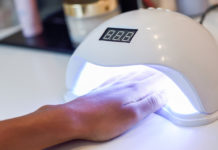


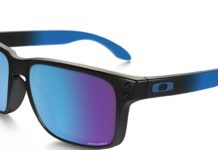
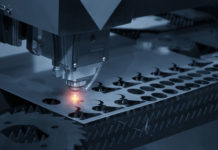





![Best Crochet Hooks for Beginners and Pros [2020 Update] best crochet books](https://www.awebtoknow.com/wp-content/uploads/2018/01/best-crochet-books-100x70.jpg)


![Best Samurai Swords – A Symbol of Peace, Beauty, Strength and Control [2020 Update] Best Samurai Swords](https://www.awebtoknow.com/wp-content/uploads/2018/03/best-samurai-sword-100x70.jpg)